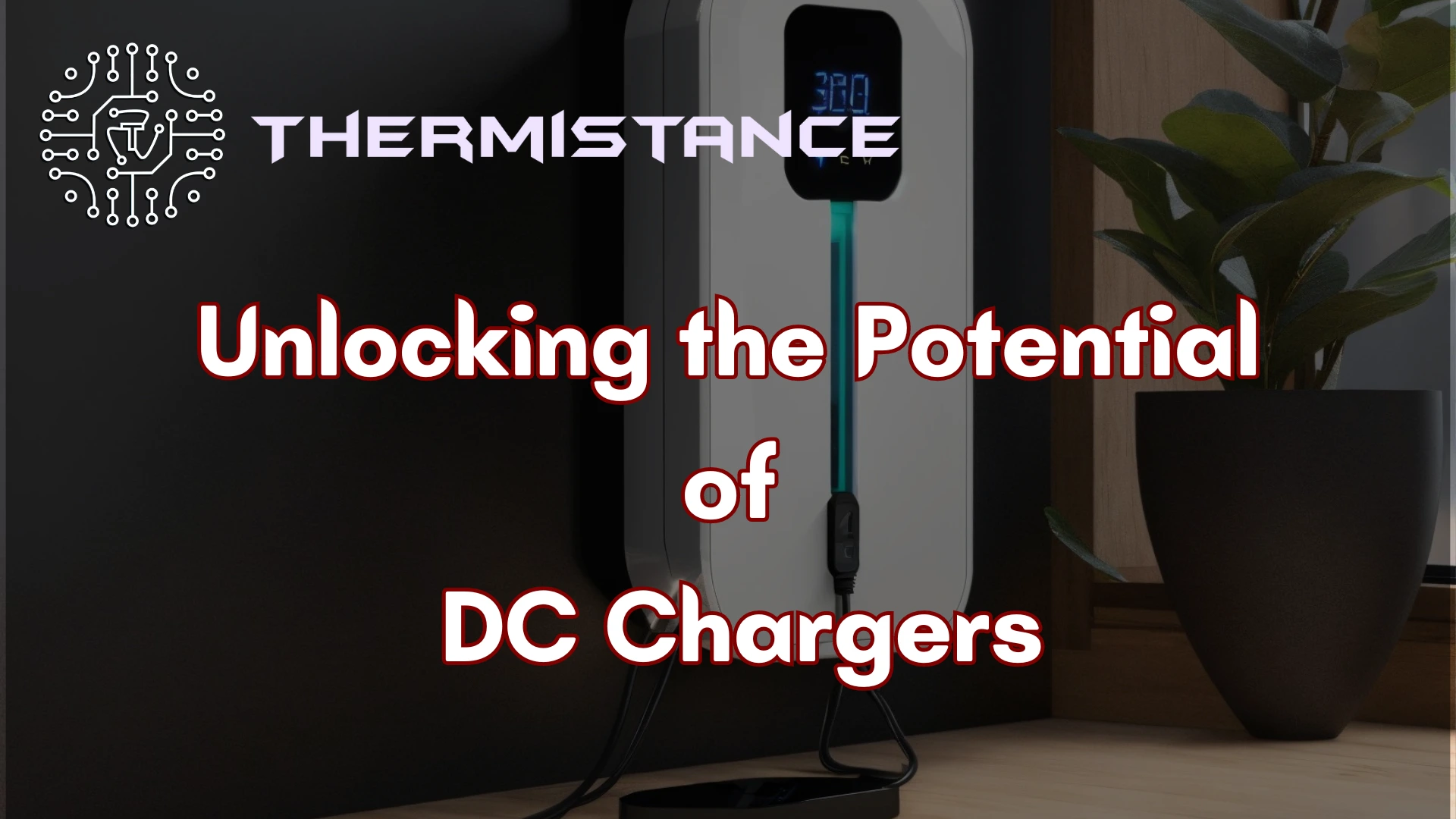Unlocking the Potential of DC Chargers

Introduction
A DC charger, or Direct Current charger, is a device designed to provide electrical power in the form of direct current to charge batteries or power electronic devices that operate on DC. DC chargers play a crucial role in various applications, particularly in the context of electric vehicles (EVs) and portable electronic devices. In the rapidly evolving landscape of electric mobility and modern electronics, DC chargers stand at the forefront of technological advancements, playing a pivotal role in transforming the way we charge our devices and power electric vehicles. This blog post delves into the multifaceted world of DC chargers, exploring their purpose, the intriguing effects of temperature on their performance, and the cutting-edge solutions available in the market.
Understanding the Purpose of DC Chargers: A Fast-Charging Revolution
The purpose of a DC (Direct Current) charger is to provide a means of efficiently and rapidly charging electronic devices or electric vehicles (EVs) that operate on direct current. DC chargers are particularly crucial in the context of electric vehicles, where they play a pivotal role in reducing charging times and enhancing the overall convenience of electric transportation.
Key purposes of DC chargers include:
- Fast Charging:
DC chargers are designed to deliver higher charging currents, enabling faster charging times compared to traditional AC (Alternating Current) chargers. This is particularly important for EVs, as it helps reduce downtime and enhances the practicality of electric vehicles for users.
- The Impact of High Temperatures:
- Mitigating Risks with Cooling Mechanisms:
Elevated temperatures can pose challenges to DC chargers. Increased internal resistance within the charger and the battery can result in energy losses and slower charging speeds. Moreover, high temperatures can accelerate battery degradation, affecting the overall lifespan of the charging equipment.
Exploring Current Solutions in the Market: Technological Advancements for Optimal Performance,
- The Impact of High Temperatures:
- Mitigating Risks with Cooling Mechanisms:
Elevated temperatures can pose challenges to DC chargers. Increased internal resistance within the charger and the battery can result in energy losses and slower charging speeds. Moreover, high temperatures can accelerate battery degradation, affecting the overall lifespan of the charging equipment.
- Charging Standards:
- Smart Features and Communication Capabilities:
- Thermal Management Systems:
The market boasts various charging standards, such as CHAdeMO and CCS, ensuring compatibility between charging stations and electric vehicles. These standards contribute to the development of a cohesive and interoperable charging infrastructure.
Advanced DC chargers are equipped with smart features, allowing for real-time communication with charging networks. Users can remotely monitor and manage charging sessions, contributing to a seamless and user-friendly charging experience.
Cutting-edge thermal management systems, including liquid cooling and advanced heat sinks, are integrated into DC chargers to regulate temperature effectively. These systems optimize charging efficiency, protect battery health, and ensure the longevity of the charging infrastructure.
Conclusion: A Bright Future for DC Chargers
In conclusion, DC chargers represent a transformative force in the realm of charging technology. Their purpose extends beyond mere power delivery, encompassing the realms of efficiency, safety, and sustainability. As the market continues to innovate, the integration of temperature-conscious design and advanced features will further unlock the potential of DC chargers, propelling us toward a future where fast, reliable, and eco-friendly charging is the norm. Embracing these advancements promises not only a more connected and electrified world but also a sustainable future powered by the untapped potential of DC chargers.
Written by Rohit Thakare , Thermistance.